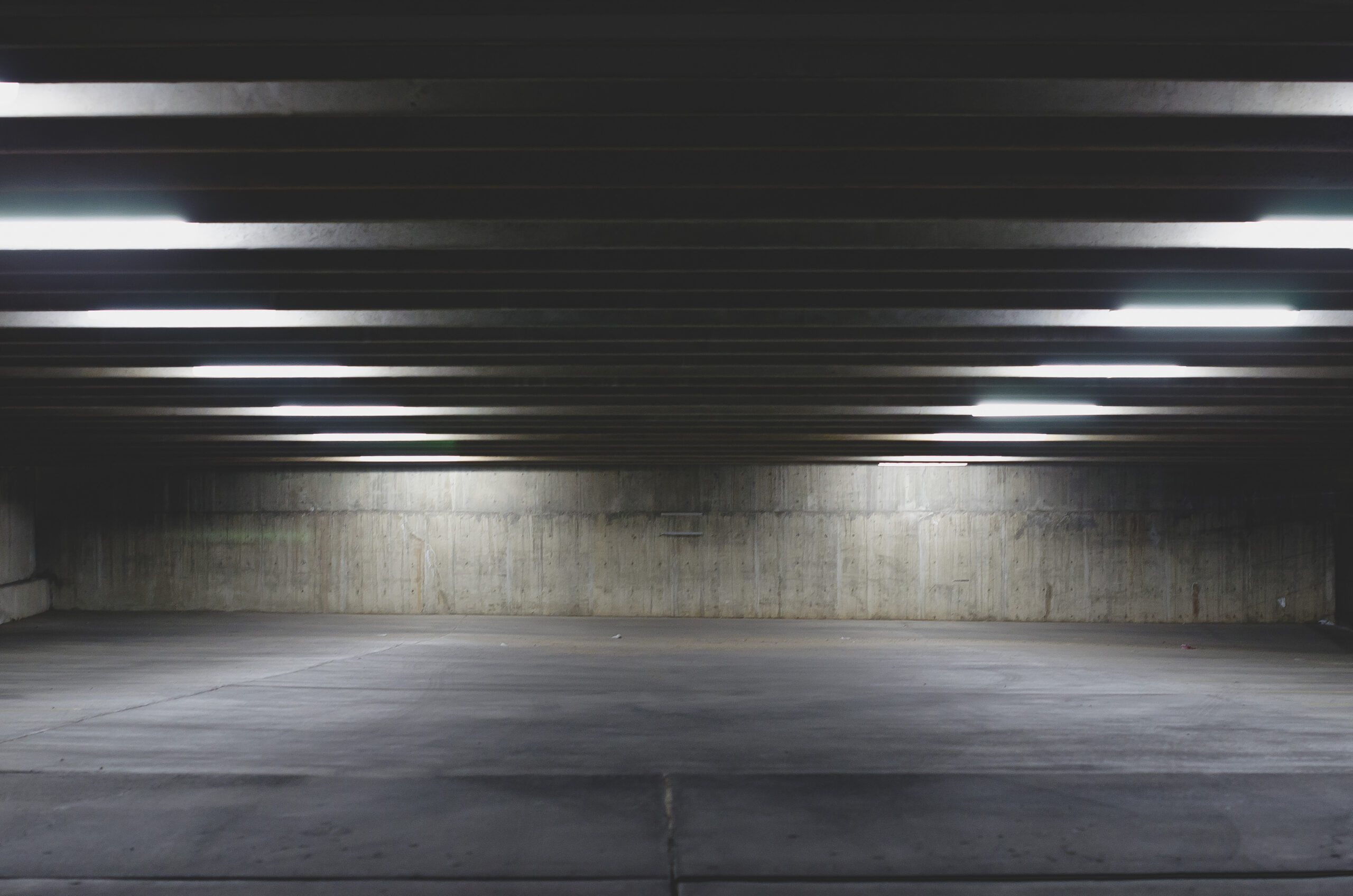

Accurate assessment of ground movements and settlements is crucial in mitigating any structural damage during an excavation. While numerical analysis using the Mohr-Coulomb soil model adequately predicts wall deflections, accurate estimation of ground movements remains a challenge.
Mr. Wong’s research examined the efficacy of the Hardening Soil model with small strain stiffness (HSS) in predicting ground movements and surface settlements.
Research paper 1: Effects of Soil-Structure Interaction on Wall Deflections and Surface Settlements during Deep Excavations

Referencing a well-documented excavation case in in the Taipei Basin, Mr Wong investigated the impact of varying groundwater pressures on wall performance.
- The study involved a 19.7-meter deep excavation supported by a 0.9-meter-thick diaphragm wall. Various interface reduction factors were adopted to simulate the soil-structure interaction
- Groundwater extraction in the underlying aquifer was conducted prior to 1970s. The piezometric level in the aquifer was lowered down by 40 m. the effect of variation in groundwater pressures to the wall performance in this case history was studied.
Mr Wong and his team gathered data from small-strain triaxial tests and bender element tests. From there they established a set of small-strain stiffness parameters. By employing advanced two-dimensional finite element analysis and the nonlinear HSS model, the SMEC team accurately predicted wall deflections and ground surface settlements, validating their findings against field observations.
- The findings indicated that lowering the piezometric level by 40 m resulted in significant wall deflection at the toe level. Water pressure in the underlying strata plays a crucial role in assessing wall performance.
- The nonlinear HSS soil model accurately estimated wall deflections, lateral ground movements, and surface settlements simultaneously.
- The study also highlighted the influence of shear strengths developed along the soil-structure interface on surface settlements.
Research paper 2: Performance of Buttress Wall in Deep Excavations

Mr. Wong’s second research paper explored the effectiveness of buttress panels in reducing wall deflections for a 32-meter deep excavation in soft ground. The paper drew data from a second Taipei basin study which investigated the impact of a diaphragm wall strengthened with buttress panels.
- Leveraging advanced two-dimensional finite element analysis, Mr. Wong investigated the effectiveness of diaphragm wall strengthening, with buttress panels, in reducing wall deflections.
- Buttress panels (1.5 m thick, 3.7 m breadth) were added to the 1.5 m thick perimeter diaphragm wall, with varying spacing (8.75 m to 17.5 m).
- Five sets of wall stiffnesses with different interface reduction factors were adopted to simulate buttresses with variable spacing.
By utilizing stiffened diaphragm walls with buttress panels, Mr Wong achieved a significant 30% reduction in wall deflections. The presence of buttress panels not only enhanced the flexural stiffness of the wall but also improved the roughness along the soil-wall interface, leading to reduced wall deflections. The study emphasized the importance of the interface reduction factor in analyzing ground movements during deep excavations. Larger interface reduction factors resulted in lower wall deflections.
Conclusion
Mr. Wong’s research is assisting clients and partners in predicting wall deflections, surface settlements, and ground movements in deep excavations. By adopting the Hardening-Soil with small-strain stiffness model, SMEC is guiding excavation projects towards improved safety and efficiency, enabling improved assessment of potential risks and better design of excavation support systems.
Lup Wong Wong
Principal Engineer – SMEC






